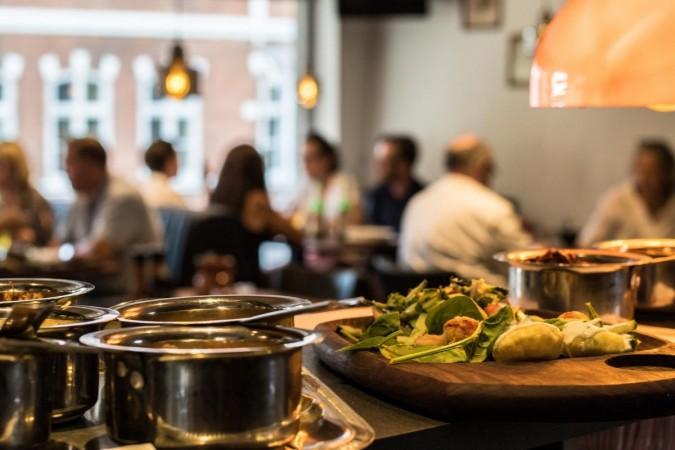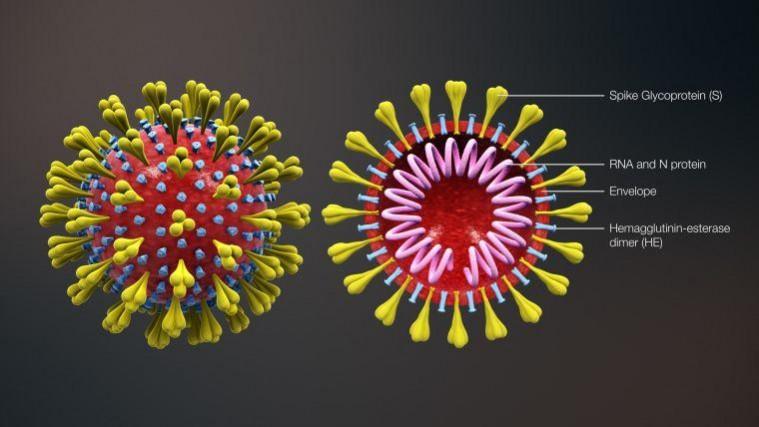
Apparently, the world over, saving the economy has become as important as saving lives, as the coronavirus by now has amply made us realize. While the restrictions may have been lifted from grocery stores, malls, restaurants, gyms and even theatres alike, a recent study might help shed some light as to which of these places should be clearly marked as the red danger zone.
As per a new study by the US Centers for Disease Control and Prevention, adults who tested positive for Covid-19 were twice as likely to have reported dining at a restaurant in the past 14 days before falling sick than those who tested negative. Simply speaking, the trips to several other places remained pretty much the same between those who tested positive and negative. But for the visits to a restaurant, bars and coffee shops.

Eat out, at your own risk
As per the study, there were no significant differences between positive and negative cases when it came to their pattern and behaviour of going out. That is both groups had a lot of similarities when it came to shopping, home gatherings with less than 10 people, going to the office, gym visits, going to a salon, using public transportation, or attending religious gatherings. But for one major finding, people who tested positive reported dining out in the past fortnight before falling sick. However, the study does not further take into account the all-important aspect of indoor or outdoor dining in the sample size. The study included data from 314 adults from 11 different health care centers across the US.
Do the masks help? Maybe they do
It was also found that 71% of the adults who tested positive and 74% of those tested negative reported always using a face covering at public places. "Masks cannot be effectively worn while eating and drinking whereas shopping and numerous other indoor activities do not preclude masks," the study notes.
CDC further notes that air circulation in the restaurants is responsible for high levels of exposure and thus transmission. "Direction, ventilation, and intensity of airflow might affect virus transmission, even if social distancing measures and mask use are implemented according to current guidance," the study further states.

















